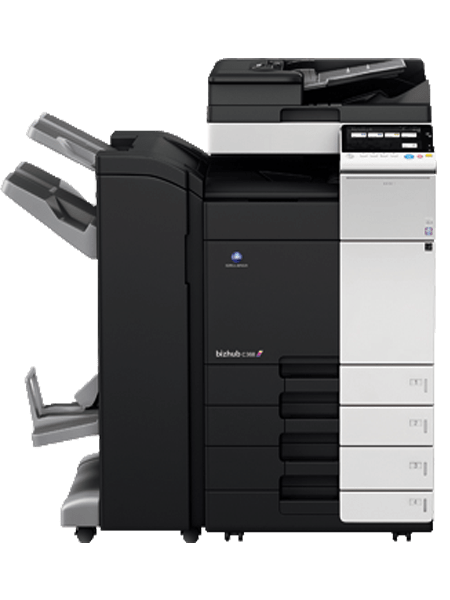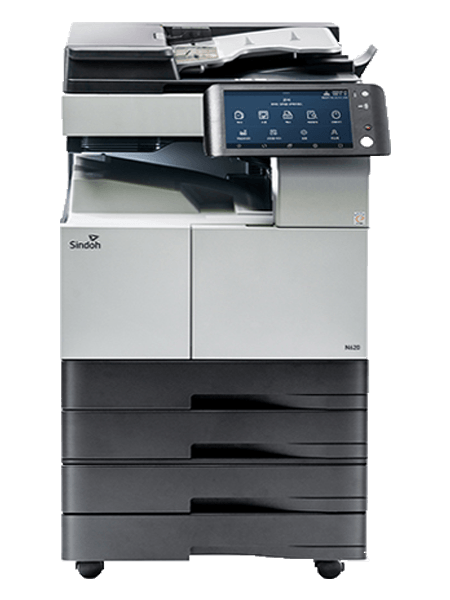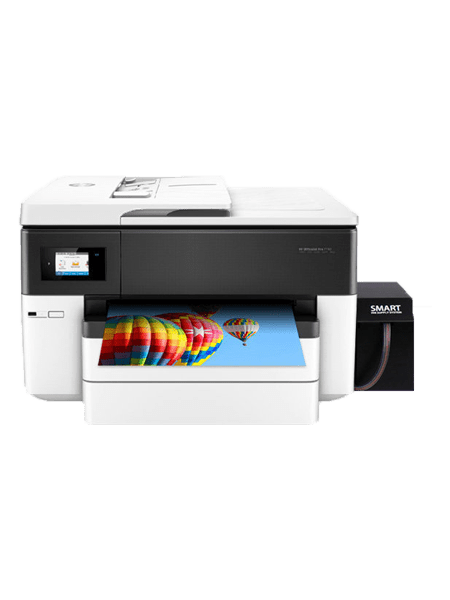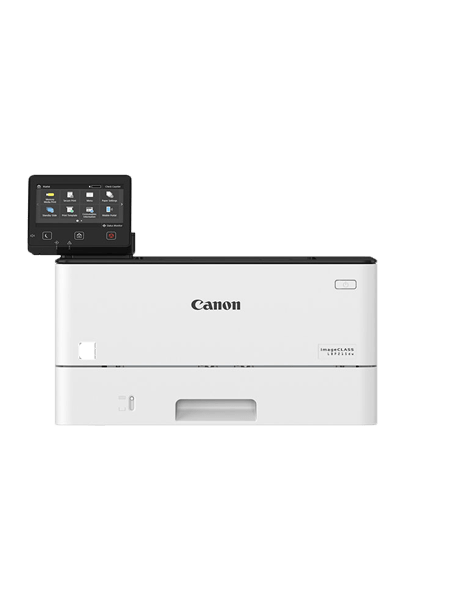Depreciation records an expense for the value of an asset consumed and removes that portion of the asset from the balance sheet. The expense recognition principle that requires that the cost of the asset be allocated over the http://www.obnogka.ru/mikroorganizmy-i-vneshnjaja-sreda/mikroflora-vozduha.html asset’s useful life is the process of depreciation. For example, if we buy a delivery truck to use for the next five years, we would allocate the cost and record depreciation expense across the entire five-year period.
Accounting Treatment of Depreciation
“Depreciation account” is credited to transfer depreciation into the P&L account. It is important to note that all expenses incurred for the construction of the building are added to the cost of the building. These include purchasing construction materials, wages for workers, engineering, etc. An expenditure directly related to making a machine operational and improving its output is considered a capital expenditure.
CapEx vs. OpEx: Capital and Operating Expenses Explained
The declining balance method calculates depreciation based on a fixed percentage rate, which is applied to the asset’s book value each year. The book value is the cost of the asset minus the accumulated depreciation. The declining balance rate is usually double the straight-line rate and is determined by dividing 100% by the useful life of the asset.
- Get granular visibility into your accounting process to take full control all the way from transaction recording to financial reporting.
- The credit is made to the accumulated depreciation instead of the cost account.
- You can compute manually by applying the method of your choosing, then go to Step 3 for the journal entry.
- For example, suppose a business has a piece of machinery with a cost of $50,000, the useful life of five years, and no salvage value.
- An updated table is available in Publication 946, How to Depreciate Property.
- To reflect the decrease in the value of an asset, businesses use depreciation to record journal entries accurately.
Everything to Run Your Business
The furniture’s salvage value is zero, and it is decided to provide depreciation @ 10% p.a. Importantly, depreciation should not be confused with an asset’s market value. Any decrease in the market value of an asset cannot be regarded as depreciation. The cost of these assets is allocated as an expense over the years they are used.
Depreciation Journal Entry Guide
Most of the people who arerelated to financial sector are actually familiar with this term. It is an expense which does not include any cash and it considerthe natural depreciation of company’s assets. Products http://www.businesspravo.ru/Docum/DocumShow_DocumID_137589.html like computers, machineries andprinters depreciate in their value with use. But purchasing assets means a different matterand it means that you need to record the purchase of an asset on a balance sheet.
- Similar to the declining balance method, the sum-of-the -years’-digits method accelerates depreciation, resulting in higher depreciation expense in the earlier years of an asset’s life and less in later years.
- In addition to the above values, we will now calculate the depreciation rate as well.
- An asset purchase on September 1 would result in 3½ months of depreciation for that first year of service.
- It is the simplest method because it equally distributes the depreciation expense over the life of the asset.
- Likewise, depreciation expense represents the cost that incurs during the period as the company uses the asset in the business.
But if you created a depreciation worksheet, simply refer to the column that shows end-of-year depreciation. Some accounting software limits the number of accounts that can be created. Instead of creating a separate Accumulated Depreciation account per fixed asset unit, we recommend summarizing entries per fixed asset class, such as equipment, furniture, and software. An advantage of using a depreciation worksheet is that it can serve as the basis for the depreciation journal entry. So that when someone audits the books, they’ll see how you arrived at depreciation charges.
Here are four easy steps that’ll teach you how to record a depreciation journal entry. Using depreciation allows you to avoid incurring a large expense in a single accounting period, which can severely impact both your balance sheet and your income statement. When using this method, depreciation is not credited to the asset account. A provision for depreciation or an accumulated depreciation account is maintained where depreciation is credited separately. Depreciating assets, including fixed assets, allows businesses to generate revenue while expensing a portion of the asset’s cost each year it has been used.
It is a balance sheet item which its normal balance is on the credit side. Likewise, when a fixed asset is fully depreciated, the accumulated depreciation of that asset equals its total cost. There are http://www.intelros.ru/readroom/logos/l5-2019/37636-ot-socialnoy-epistemologii-k-humanity-20.html a lot of advantages of recording a depreciation accounting entry, including accurate financial reporting, asset management, adherence to accounting standards, expense matching, and tax benefits.
The credit is made to the accumulated depreciation instead of the cost account. Now, let’s also consider the following T-accounts for the accumulated depreciation. To illustrate this, we assume a company to have purchased equipment on January 1, 2014, for $15,000. Revisiting the formula of the Straight-line depreciation method, we shall also look into the steps of calculation. While there are various methods to calculate depreciation, three of them are more commonly used. As a side note, there often is a difference in useful lives for assets when following GAAP versus the guidelines for depreciation under federal tax law, as enforced by the Internal Revenue Service (IRS).






